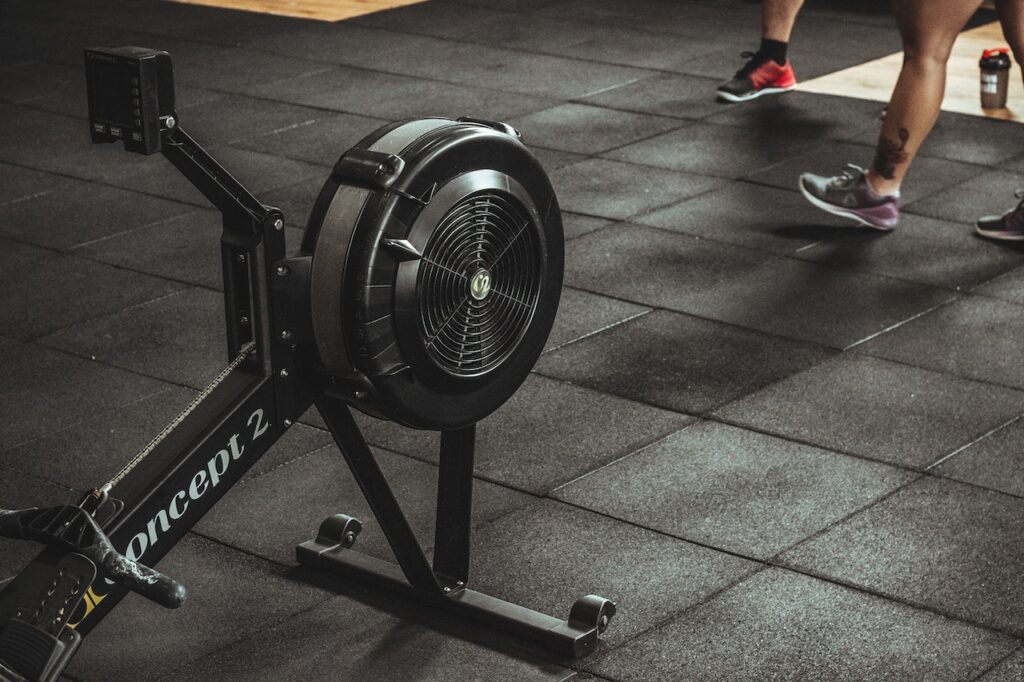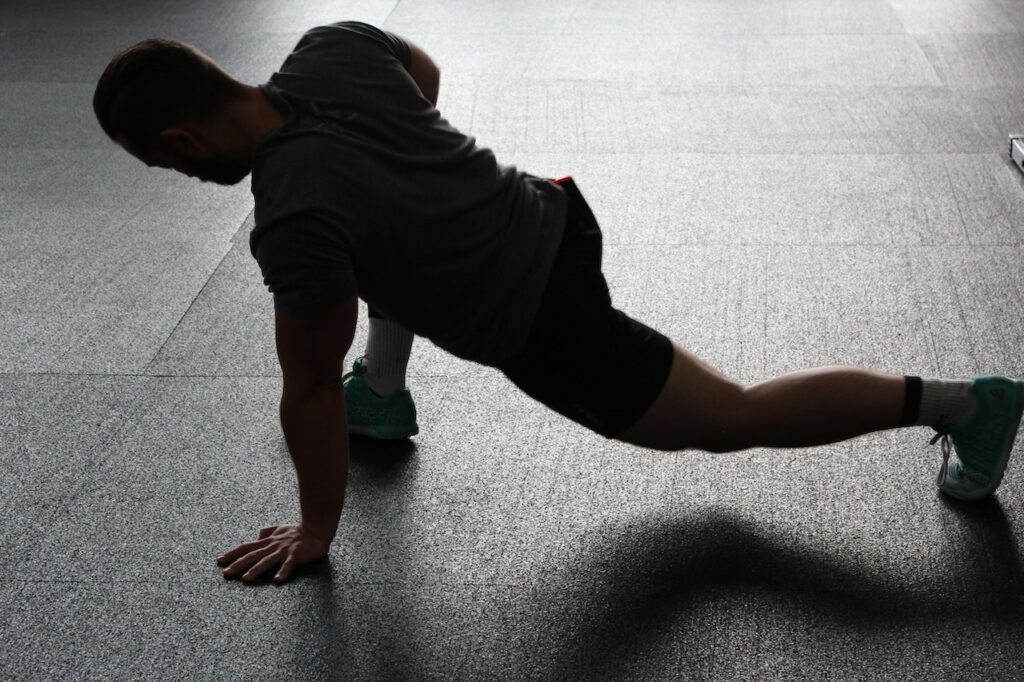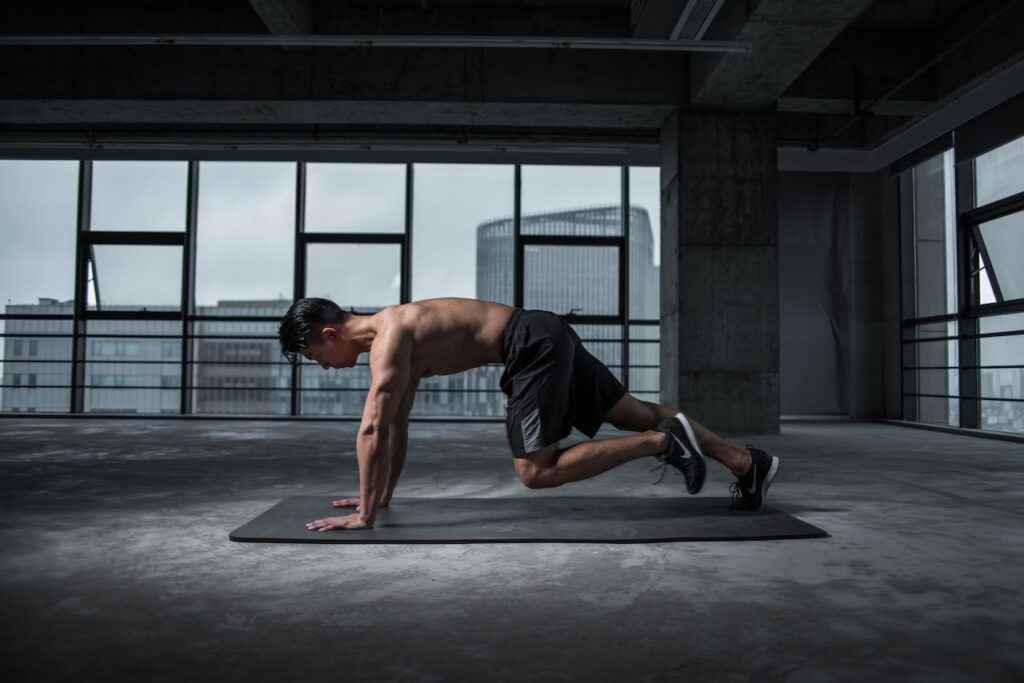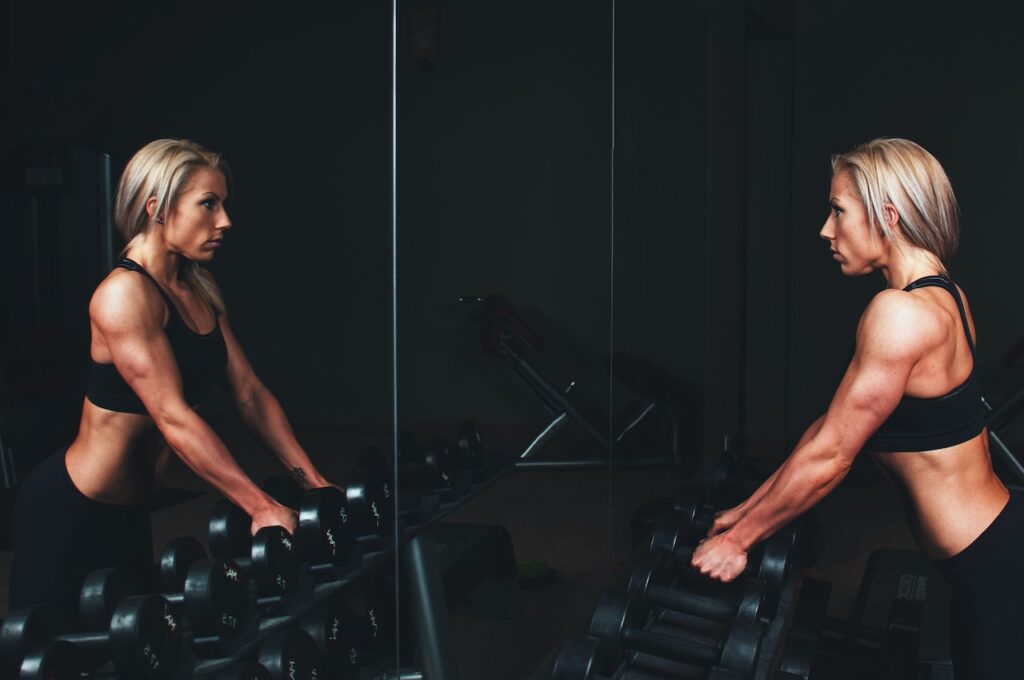Understanding the Basics of Soundproofing
Before diving into the various soundproofing methods, it’s crucial to understand the basics. Soundproofing involves containing or reducing the transmission of sound from one space to another. Techniques range from adding physical barriers to absorb or block sound, creating air gaps to break up the sound path, or using materials that dampen vibrations. Understanding these principles can help guide your soundproofing efforts and ensure you select the most effective strategies for your home gym.
Read our article to choose the right home gym equipment for your needs.

Choosing the Right Location for Your Home Gym
A significant first step in mitigating noise from your home gym is choosing the right location. Some rooms are naturally quieter or easier to soundproof. A basement, for instance, is often an ideal choice due to its underground location and surrounding earth, which naturally dampen sound. Alternatively, a room with few shared walls with other living areas can also be a good choice. You want to avoid placing your home gym near bedrooms or quiet spaces like a home office if possible.
No gym equipment? No problem! Get started with bodyweight exercises.

Soundproofing the Floors
A considerable amount of noise from a home gym comes from the impact of equipment on the floor, whether from setting down weights or from high-impact exercises like jumping jacks. One of the most effective ways to soundproof your home gym floor is by using rubber mats or interlocking tiles. These materials absorb sound and also offer the added benefit of protecting your floors from damage. For even greater sound reduction, consider a layer of soundproofing underlayment beneath the mats. These measures can drastically reduce the amount of noise that travels downstairs or through the floor, creating a quieter workout environment.
Soundproofing the Walls and Ceiling
To further isolate the noise generated in your home gym, consider soundproofing the walls and ceilings. Adding extra insulation between wall studs and in your ceiling can help absorb sound, preventing it from traveling to other areas of your home. Acoustic panels, typically used in music studios, are another excellent option for walls. They come in various styles and can be a decorative addition to your gym while reducing echo and absorbing sound.
Another solution could be soundproof paint, a thick, water-based formula that adds a layer of sound-absorbing material to your walls and ceiling. While it might not provide complete sound isolation, it can be effective when combined with other soundproofing strategies.

Using Soundproofing Gym Equipment
The choice of your gym equipment can also play a significant role in the amount of noise produced during workouts. Opt for quieter, soundproofed equipment where possible. For example, consider using resistance bands or adjustable dumbbells instead of traditional weight plates, which can be quite noisy when dropped. Also, for cardio machines like treadmills, choose models designed with noise reduction technology or place them on rubber mats to absorb vibrations and reduce noise.
Additional Tips for Reducing Noise
Beyond the physical alterations to your gym space, you can adopt some noise reduction habits. Try adjusting your workout times to when noise is less likely to disrupt others, such as during the day when family members are at work or school. Use headphones for any music or instructional videos instead of playing them on speakers.
Lastly, consider incorporating low-noise exercises into your routine. Yoga, Pilates, and bodyweight exercises can offer a great workout with much less noise than weightlifting or high-impact cardio.

